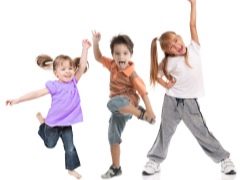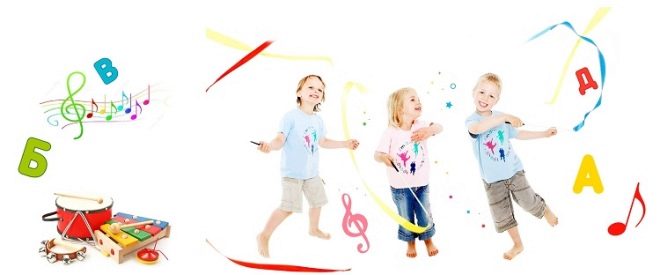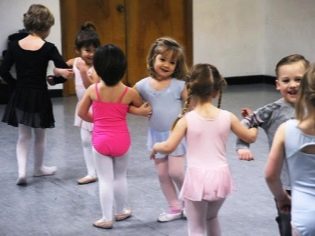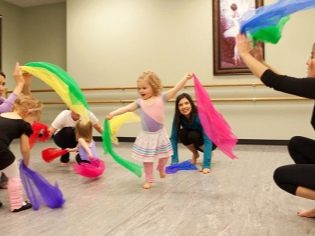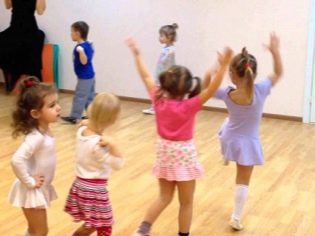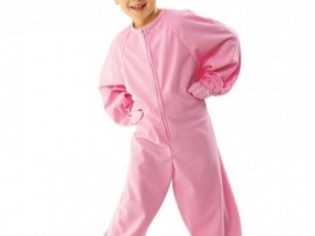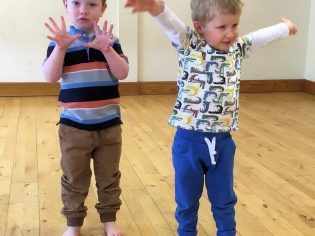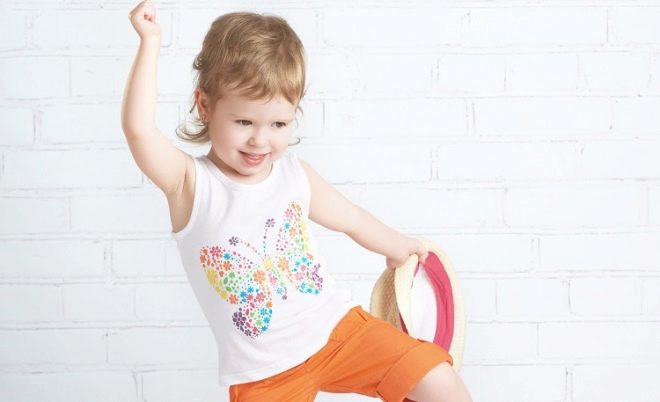Dance exercises for children
It is not easy to occupy children, especially when it comes to sports training or morning exercises. In order for this process to be easier, it is important to correctly address the issue. For the smallest exercises it is worth doing in the form of an exciting game, but more adult children will enjoy the dance training.
To charge in the form of dance brought not only positive emotions, but also benefit, you need to know how to properly make and hold it.
Special features
To introduce children to the morning exercises, you can make it interesting and musical. Original exercises performed under the clockwork motifs will bring great pleasure to kids.
Dance exercises for children:
- allows you to form a correct posture;
- helps the proper functioning of the blood circulation, respiratory and cardiac systems;
- promotes the development of the muscular system;
- gives you the opportunity to learn to move rhythmically and plastically;
- helps coordinate movement with the musical pace;
- develops attention and memory.
The use of music for preschool children is very important. Thanks to her, the children:
- can understand when to start and finish exercises;
- determined by the pace of walking, running or other type of physical activity;
- understand the nature of the task (a slow melody sets up a smooth execution, and a fast one sets it to an active one)
- they learn to hear music and feel it, to distinguish between rhythm and various transitions, they join the world of beauty;
- get a good mood thanks to the vigorous and positive motives that are used in the process.
Charging for kids should be fun, so that children would be interested, so they would like to actively participate in the process. For younger ones, for example, you can use the dance of frogs, which does not involve complex movements and is very popular with the children.
Types of dance gymnastics
Dance is a great opportunity to harmoniously develop a child, cultivate grace in him and the ability to move beautifully to music. Independently teach dancing is very difficult, because children are usually given in special sections of this orientation. A great option - when music and exercise are combined together, from which rhythmic gymnastics is obtained. Those who want to be involved, but do not have serious knowledge in this area, you can use one of the easiest options for conducting music exercises. There are several varieties of such gymnastics.
- Traditional. It includes a warm-up and general developmental exercises. It is important to choose the musical accompaniment so that it corresponds to the type of work. For the warm-up - the average pace and pleasant melody for awakening, for the main part - vigorous and cheerful music that energizes and creates the desire to move to the beat. Calm melodies are selected for the hitch, under which it is good to carry out stretching and breathing restoration exercises.
- Thematic. It is planned by parents or a tutor in the kindergarten, dedicating to the seasons, themes, future holidays, etc. It is important to make a special complex with specially selected musical accompaniment. This will help the child to remember not only the exercises themselves, but also the reason for which they were carried out.
- Storyline It should be conducted in the form of a game on a certain plot: a hike, a walk, a fairy tale, a journey, etc.In this case, the child, in addition to physical activity, works the imagination, develops a speech apparatus and the ability to penetrate the atmosphere that has been proposed.
- Ordinary dance. For its implementation, you can use rhythmics, parquet gymnastics, dance steps of different levels of complexity, elements of a round dance for groups of more than three people. This charging option allows you to teach children through the movement to transfer certain images, as well as to join the culture of their homeland.
- Unconventional. It is performed using auxiliary sports equipment (fitballs, steppes, hoops or gymnastic sticks). It is important here that an adult knows how to work properly with equipment and effectively train children.
In order to conduct music exercises, it is important to have a suitable room. It is necessary to ventilate it before the start of the session in order to ensure a faster waking up of the child and the highest possible activity.
Interesting options
Dance exercises successfully carried out both in kindergarten and in school. Complexes differ only in content. Consider several options suitable for children of preschool age, including simple movements.
"Three pigs"
Relevant music and interesting exercises are being chosen:
- half-squats with turning the knees to the right and left side alternately with a change to each account;
- squatting and lifting with first putting one foot forward on the toe and then the other foot;
- half-squatting and lifting socks, spreading the arms at the sides below (as if surprised) then one way or the other.
During the chorus, an imitation of working with an ax is going on: hands on top should be squeezed in the lock and, bending forward, as if to chop wood with a return to the starting position. Then there are jumps that imitate the pursuit of their own tail (you need to jump, turning 180 degrees to catch the tail).
On the second verse, alternately put the foot on the heel forward on each account, while the hands are placed on the sides. After this, all previous movements are repeated. The complex ends with a loss, in which you need to make squats, turning your knees right and left.
"Drum"
- Main position: legs apart, arms below. You need to raise your hands to the sides, as if showing the size of the drum.
- Legs apart, arms folded behind his back. It should be tilted down and, tapping on the knees, reproduce the sound of drumming. After that, you need to return to the main rack.
- The main position as in the first exercise. Produced by stamping feet on the floor (like a march of drummers).
"Beanbag"
- Feet apart, arms down. In the right hand should take a rattle, raise it up, make some noise to the music and put it down. Then the action should be repeated with your left hand.
- The basic position is the same. With a rattle you need to knock on the knee of the beginning with one hand, then with the other.
- Squatting is performed with the rattle lowered to the floor with one hand, then the lifting to the starting position is carried out. Then do squatting and lifting rattles with your other hand.
An example of dance charging, see below.
